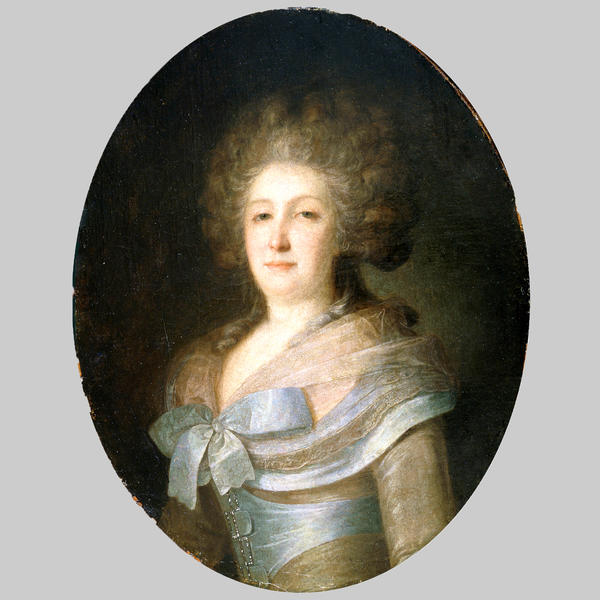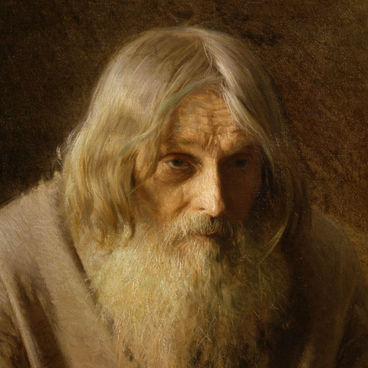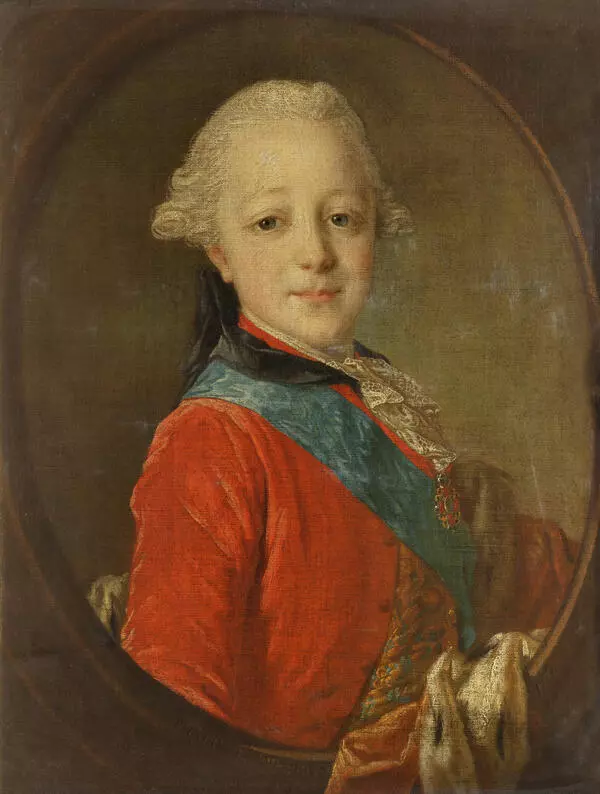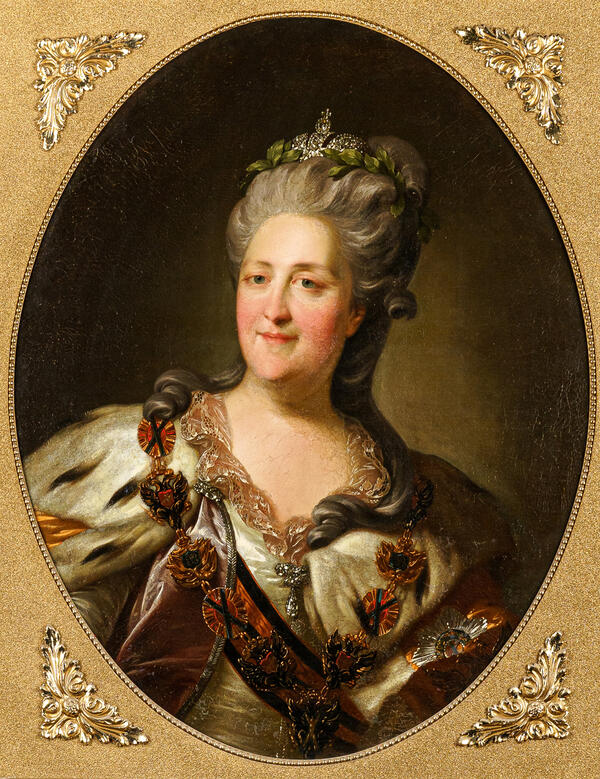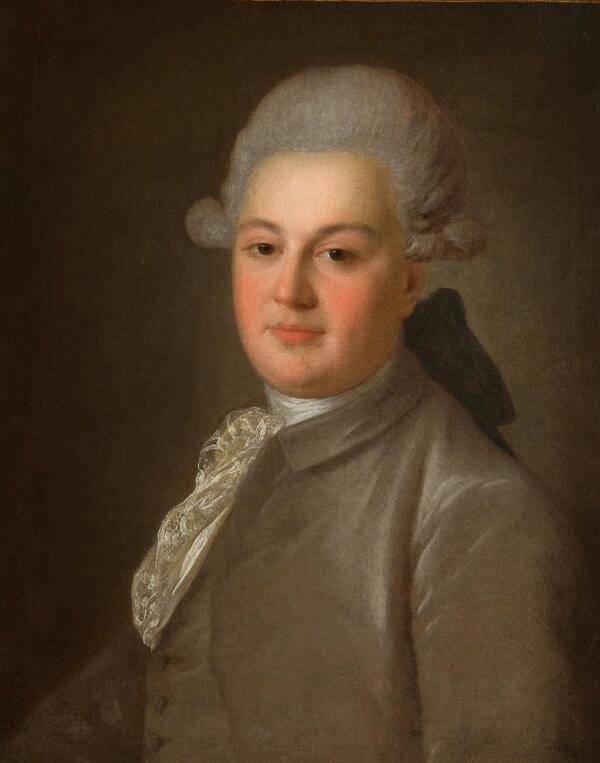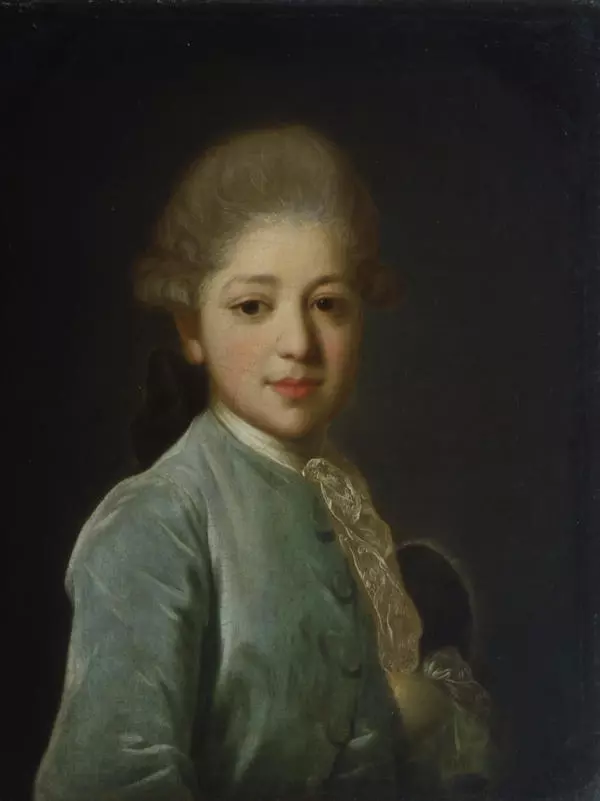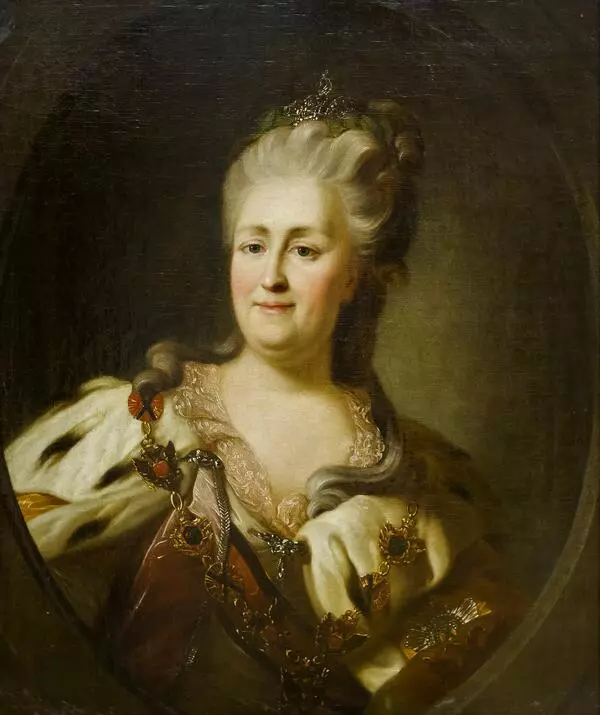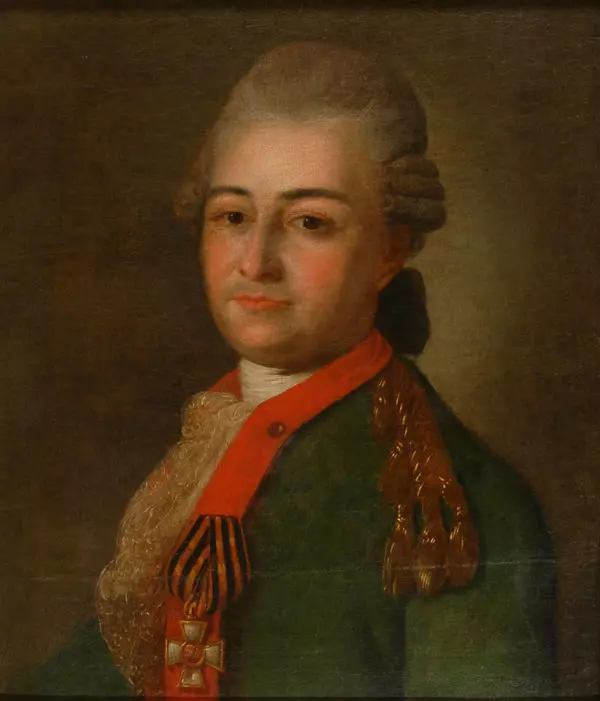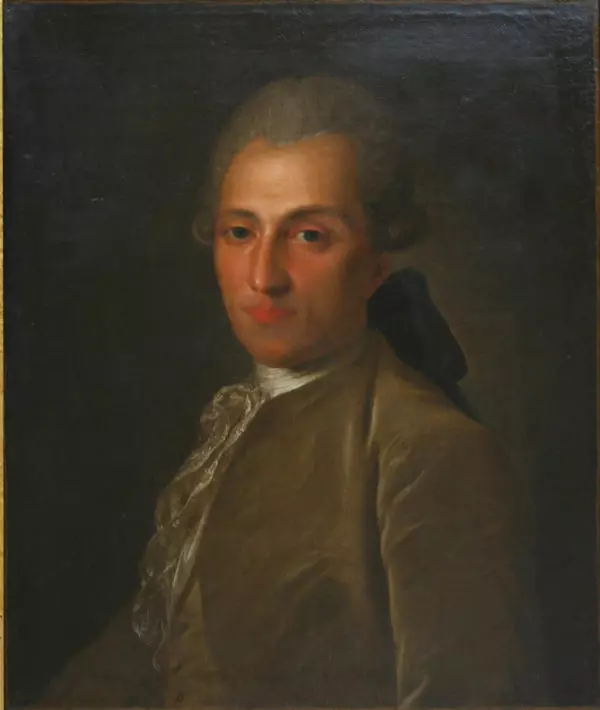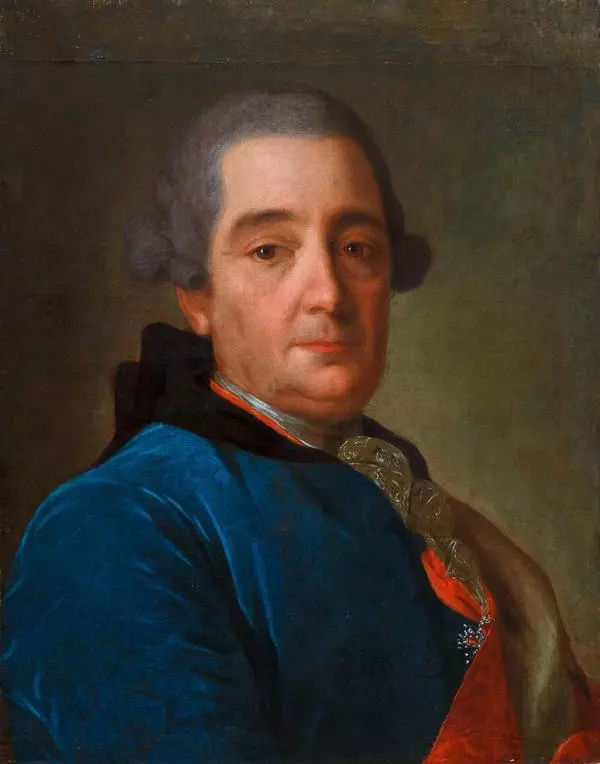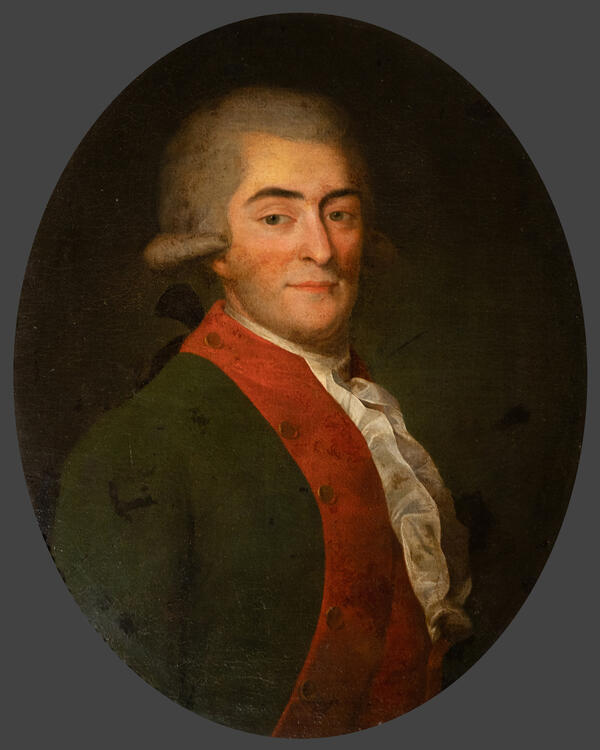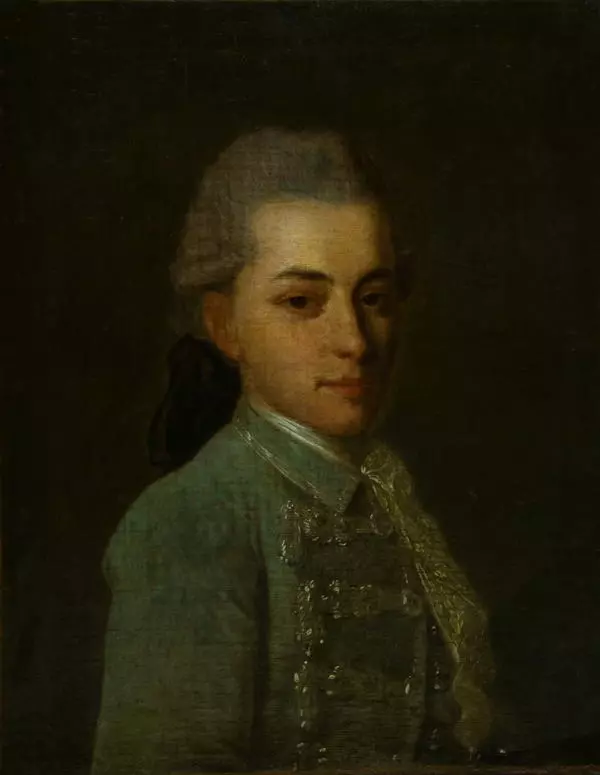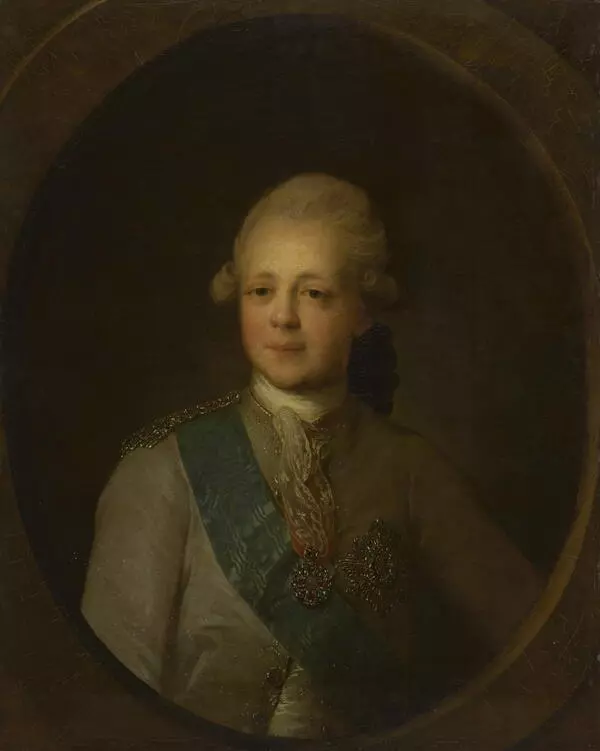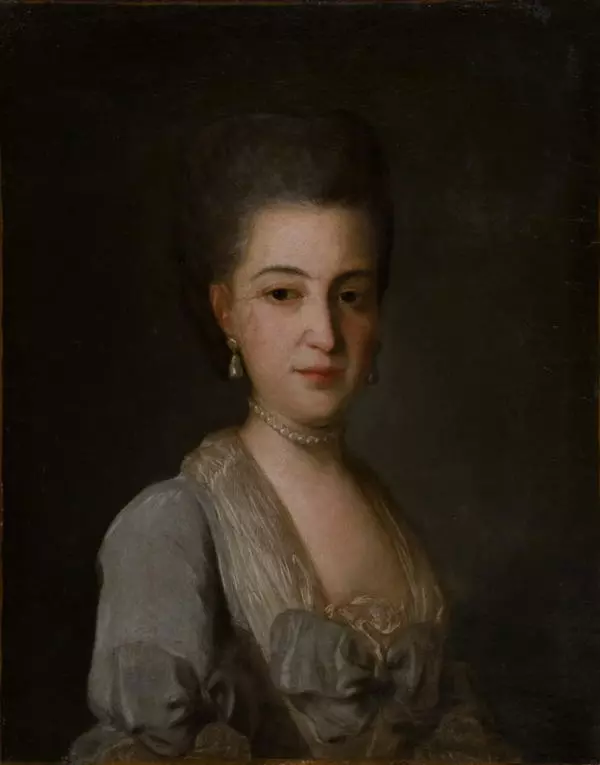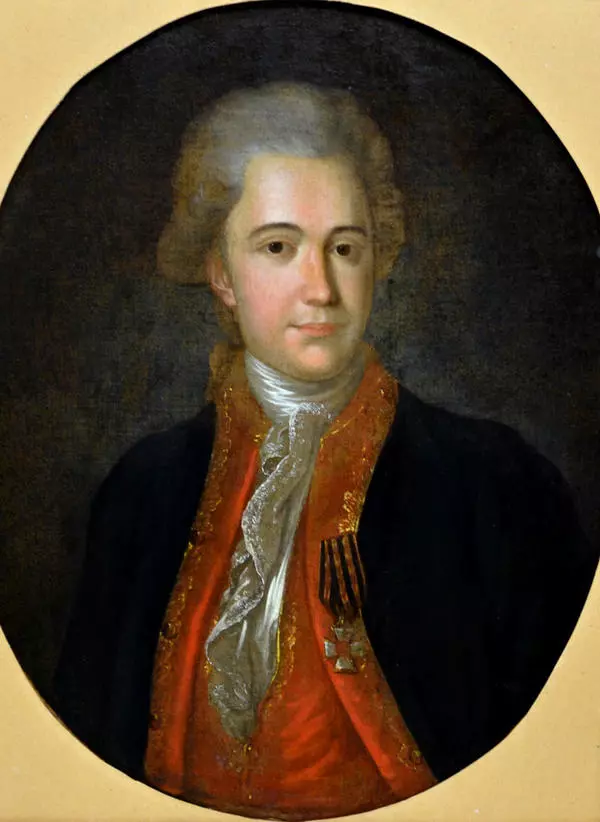Fyodor Rokotov is the most prominent portrait painter of the 18th century. The most favored master of Russian nobility, he hailed from bonded peasants who had been given their freedom. His legacy includes multiple intimate and full-dress portraits of his contemporaries – Moscow nobility and Empress Catherine the Great. His canvases are easily recognizable among pictures of other painters: They are distinguishable by their peculiar mysteriousness, subtle lyricism and inward exaltation of the image. Rokotov’s pictures seem to be enveloped in a light and transparent haze; the sitters usually have elusive and reserved smiles, almond-shaped velvety and half-closed eyes. In his images, the painter wants to render the complexity of the human psyche.
The exhibited portrait belongs to the latter period of the artist’s career. The lady in the picture looks at the viewer condescendingly, and her personality seems to be enigmatic; she is an individual who is unlikely to let everyone into the world of her emotions and sentiments.
Rokotov creates a mystery about his sitter using special techniques that were so characteristic for his oeuvre. The figure and the face of the lady seemingly lose their clear-cut delineations, as though cloaked with a soft and neutral haze of the background. The effect is achieved by soft light veiling the figure. The locks of the pouffe hairstyle and the lace translate the airy medium enshrouding the sitter. The artist only outlined the general impression with his brush, without stressing details. He did not trace out the nuances of the delicate lacework of the gown and the silver clasps decorating the clothes – he just captured the light glimmering on those elements.
The painter opted for an oval shape for the portrait, which determined the composition. The oval line echoes the fancy folds of the garment. The color array of the artist’s portraits is usually elegant and noble, built on hues of light blue and silver. The color layout imparts a special artistic beauty to the portrait.
The canvas probably portrays Nastasiya Ofrosimova, the wife of Maj. Gen. Pavel Ofrosimov. She was notorious for her eccentricity and sharp tongue, candor and honesty. She was a power and authority in society; she was well-respected, and her opinion was not disregarded. The Moscow grande dame was the inspiration for famous literary characters, such as Maria Dmitrievna Akhrosimova, a character in Leo Tolstoy’s novel War and Peace, and Anfisa Khlyostova from Alexander Griboyedov’s Woe from Wit.
The exhibited portrait belongs to the latter period of the artist’s career. The lady in the picture looks at the viewer condescendingly, and her personality seems to be enigmatic; she is an individual who is unlikely to let everyone into the world of her emotions and sentiments.
Rokotov creates a mystery about his sitter using special techniques that were so characteristic for his oeuvre. The figure and the face of the lady seemingly lose their clear-cut delineations, as though cloaked with a soft and neutral haze of the background. The effect is achieved by soft light veiling the figure. The locks of the pouffe hairstyle and the lace translate the airy medium enshrouding the sitter. The artist only outlined the general impression with his brush, without stressing details. He did not trace out the nuances of the delicate lacework of the gown and the silver clasps decorating the clothes – he just captured the light glimmering on those elements.
The painter opted for an oval shape for the portrait, which determined the composition. The oval line echoes the fancy folds of the garment. The color array of the artist’s portraits is usually elegant and noble, built on hues of light blue and silver. The color layout imparts a special artistic beauty to the portrait.
The canvas probably portrays Nastasiya Ofrosimova, the wife of Maj. Gen. Pavel Ofrosimov. She was notorious for her eccentricity and sharp tongue, candor and honesty. She was a power and authority in society; she was well-respected, and her opinion was not disregarded. The Moscow grande dame was the inspiration for famous literary characters, such as Maria Dmitrievna Akhrosimova, a character in Leo Tolstoy’s novel War and Peace, and Anfisa Khlyostova from Alexander Griboyedov’s Woe from Wit.

